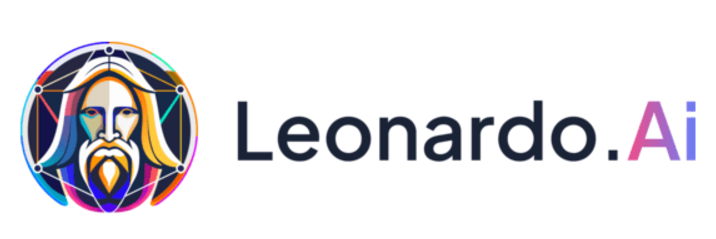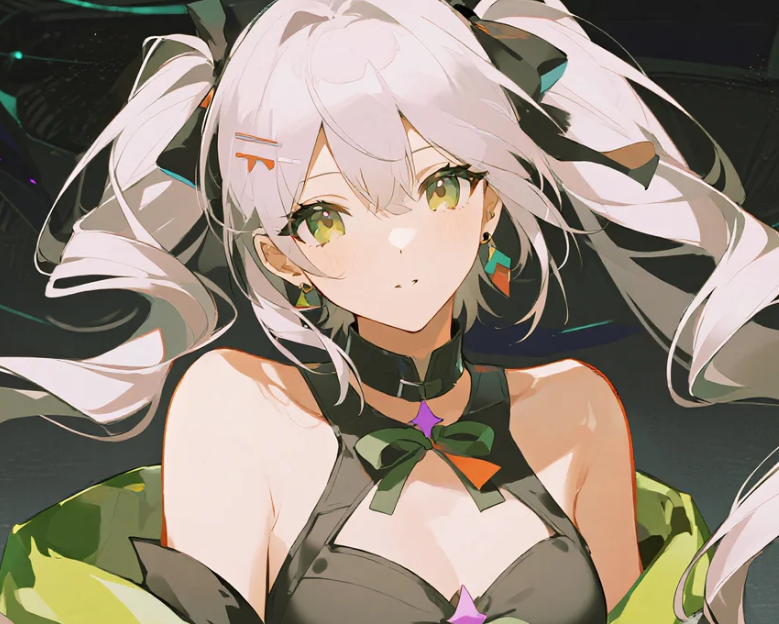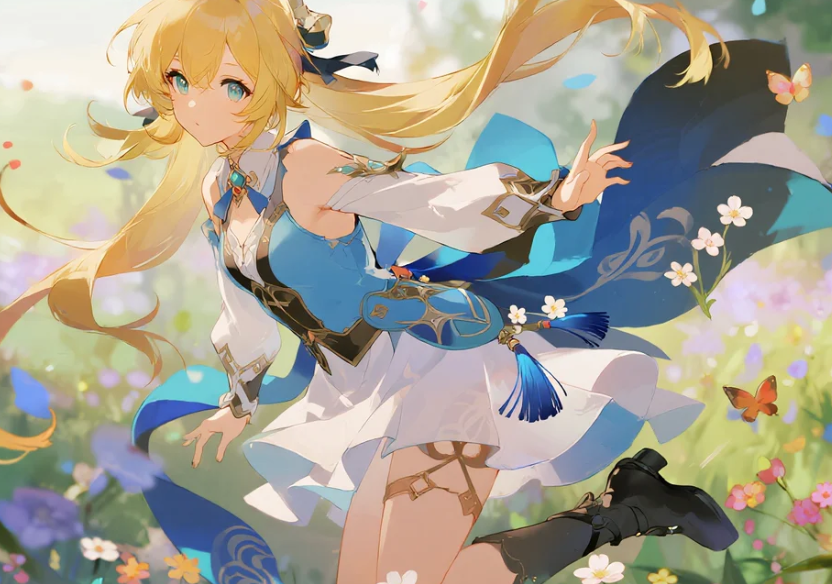Creating funny AI images has become the ultimate way to go viral on social media and entertain your audience. Whether you're using Midjourney, DALL-E, or other AI image generators, mastering the art of humorous prompts can transform your content strategy and boost engagement rates dramatically. This comprehensive guide reveals proven techniques to generate side-splitting AI artwork that gets shared, liked, and remembered.
Understanding What Makes AI Images Genuinely Funny
The secret to creating funny AI images isn't just random weirdness - it's about understanding comedy principles and how AI interprets absurd scenarios. The best humorous AI art combines unexpected elements, visual puns, and relatable situations that catch viewers off guard.
Timing and context matter enormously. A funny AI image works because it subverts expectations or presents familiar concepts in bizarre ways. Think of it like visual comedy - the punchline comes from the unexpected visual twist that the AI creates.
The most successful funny AI images often feature:
Animals in human situations
Everyday objects with personalities
Historical figures in modern contexts
Mashups of incompatible concepts
Exaggerated facial expressions and body language
Step-by-Step Guide to Creating Hilarious AI Images
Step 1: Choose Your AI Platform Wisely
Different AI image generators excel at different types of humour. Midjourney creates more artistic and surreal funny images, while DALL-E 3 excels at literal interpretations that can be accidentally hilarious. Stable Diffusion offers the most control for specific comedic styles.
For beginners, start with DALL-E 3 through ChatGPT Plus - it's the most reliable for generating consistently funny results without technical expertise.
Step 2: Master the Art of Absurd Combinations
The foundation of funny AI image creation lies in combining elements that shouldn't logically go together. Try prompts like "a serious business meeting between penguins wearing suits" or "a cat giving a TED talk about the importance of cardboard boxes".
The key is specificity - vague prompts produce boring results. Instead of "funny animal", try "a giraffe wearing a tiny hat trying to fit through a drive-through window".
Step 3: Leverage Pop Culture and Memes
Reference current memes, viral trends, and pop culture moments in your prompts. AI image generators are surprisingly good at understanding cultural references and can create hilarious parodies.
Examples that work well:
"The 'This is Fine' dog meme but it's a penguin in a sauna"
"Grumpy Cat as a medieval knight"
"Distracted boyfriend meme but with dinosaurs"
Step 4: Use Emotional Contrast for Maximum Impact
Juxtapose serious emotions with silly situations, or vice versa. This emotional mismatch creates cognitive dissonance that triggers laughter. Try prompts like "a very angry hamster giving a motivational speech" or "a majestic lion afraid of a tiny mouse".
Step 5: Add Unexpected Details and Scenarios
The devil is in the details when creating funny AI images. Add specific, unexpected elements that push the absurdity further. Instead of just "dog cooking", try "a golden retriever wearing a chef's hat, frantically trying to flip pancakes while the kitchen is on fire, looking very concerned".
Step 6: Experiment with Art Styles for Comedy
Different art styles can amplify the humour. Try adding style modifiers like "in the style of a Renaissance painting", "as a dramatic movie poster", or "like a children's book illustration" to create unexpected visual comedy.
Best Prompt Formulas for Consistently Funny Results
Here are proven funny AI image prompt formulas that consistently deliver laughs:
| Formula Type | Structure | Example |
|---|---|---|
| Role Reversal | [Animal] + [Human Job] + [Specific Detail] | A sloth working as an emergency dispatcher, looking very stressed |
| Size Mismatch | [Tiny Thing] + [Big Reaction] + [Context] | A massive elephant terrified of a tiny spider in a bathroom |
| Historical Mashup | [Historical Figure] + [Modern Activity] + [Emotion] | Napoleon Bonaparte struggling with self-checkout at a supermarket, looking confused |
| Emotional Contrast | [Serious Emotion] + [Silly Subject] + [Setting] | A very angry rubber duck leading a board meeting |
Common Mistakes That Kill the Comedy
Avoid these pitfalls when creating funny AI images:
Over-explaining the joke - Keep prompts specific but don't spell out why something should be funny. Let the visual speak for itself.
Using offensive content - Humour should be inclusive and avoid content that could hurt or alienate your audience.
Ignoring composition - Even funny images need good visual composition. Consider adding "well-composed" or "professional photography" to your prompts.
Being too random - Random doesn't equal funny. There should be some logical connection, even if it's absurd.
Platform-Specific Tips for Maximum Engagement
Different social media platforms respond to different types of funny AI images:
Instagram loves visually striking, colourful funny images with clear subjects. Use prompts that create Instagram-worthy compositions.
Twitter/X thrives on topical humour and quick visual jokes. Create images that comment on current events or trending topics.
TikTok prefers images that tell a story or can be part of a series. Think about creating funny AI images that work as video thumbnails.
LinkedIn surprisingly responds well to professional humour - try business-themed funny AI images that maintain professionalism.
Frequently Asked Questions
Which AI tool is best for creating funny images?
DALL-E 3 is generally the best starting point for funny AI images because it understands context and humour better than most alternatives. Midjourney excels at surreal, artistic comedy, while Stable Diffusion offers more control for specific comedic styles.
How do I make my funny AI images go viral?
Focus on relatable humour that your target audience will understand and want to share. Post consistently, use relevant hashtags, and engage with comments quickly. The best viral funny AI images tap into shared experiences or current cultural moments.
Can I use funny AI images commercially?
Most AI image generators allow commercial use of generated images, but always check the specific terms of service. DALL-E 3 and Midjourney generally permit commercial use for paid subscribers, while some platforms have restrictions.
How do I avoid copyright issues with funny AI images?
Avoid using specific copyrighted characters, logos, or trademarked content in your prompts. Instead, create original characters or use generic descriptions. Focus on concepts and situations rather than specific intellectual property.
What makes an AI image shareable?
Shareable funny AI images are instantly understandable, emotionally engaging, and relevant to current conversations. They should make people laugh within seconds of viewing and feel compelled to show others.
How often should I post funny AI images?
Quality trumps quantity, but consistency matters for building an audience. Aim for 3-5 high-quality funny AI images per week rather than daily mediocre content. Focus on creating images that genuinely make you laugh - if you're not amused, your audience won't be either.
Creating funny AI images is both an art and a science that combines understanding comedy principles with mastering AI prompting techniques. The key to success lies in finding the perfect balance between absurdity and relatability, using specific details to enhance humour, and understanding your audience's sense of comedy. With practice and experimentation, you'll develop an intuitive sense for what makes AI-generated content genuinely funny and shareable. Remember that the best funny AI images don't just get laughs - they create connections, spark conversations, and build communities around shared humour.







